News
-

What are the non-destructive testing methods suitable for large forgings
Ultrasonic Testing (UT): Using the principles of ultrasonic propagation and reflection in materials to detect defects. Advantages: It can detect internal defects in forgings, such as pores, inclusions, cracks, etc; Having high detection sensitivity and positioning accuracy; The entire forging can...Read more -

Tempering of steel forging parts
Tempering is a heat treatment process in which the workpiece is quenched and heated to a temperature below Ac1 (the starting temperature for pearlite to austenite transformation during heating), held for a certain period of time, and then cooled to room temperature. Tempering is generally followe...Read more -
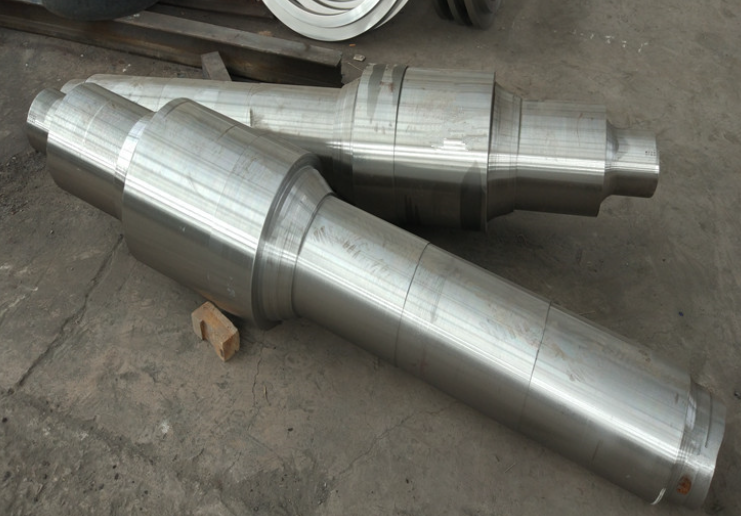
What are the advantages of making forgings with 4145H
4145H is a structured steel mainly used for the manufacturing and use of oil well drilling tools. The steel is processed in an arc furnace and processed through soft refining technology. In addition, oil drills are often used to improve the performance of drill bits. When using 4145H steel in dir...Read more -
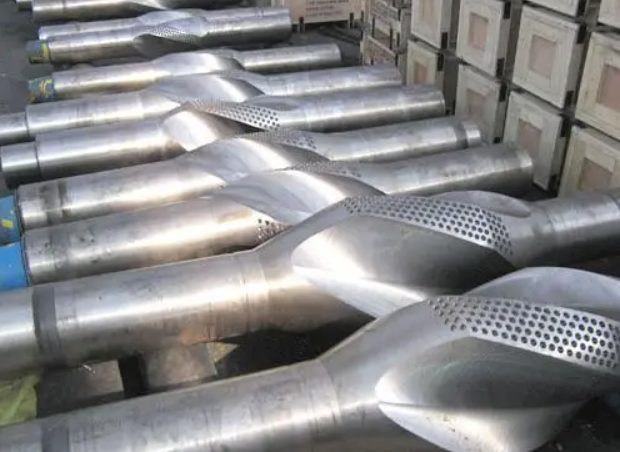
Choose 4145H or 4145H MOD for the stabilizer
4145H and 4145H MOD are two different steel specifications mainly used for high-strength and high-temperature applications in the petroleum and natural gas industries. Their differences lie in the following aspects: Chemical composition: There is a slight difference in the chemical composition b...Read more -
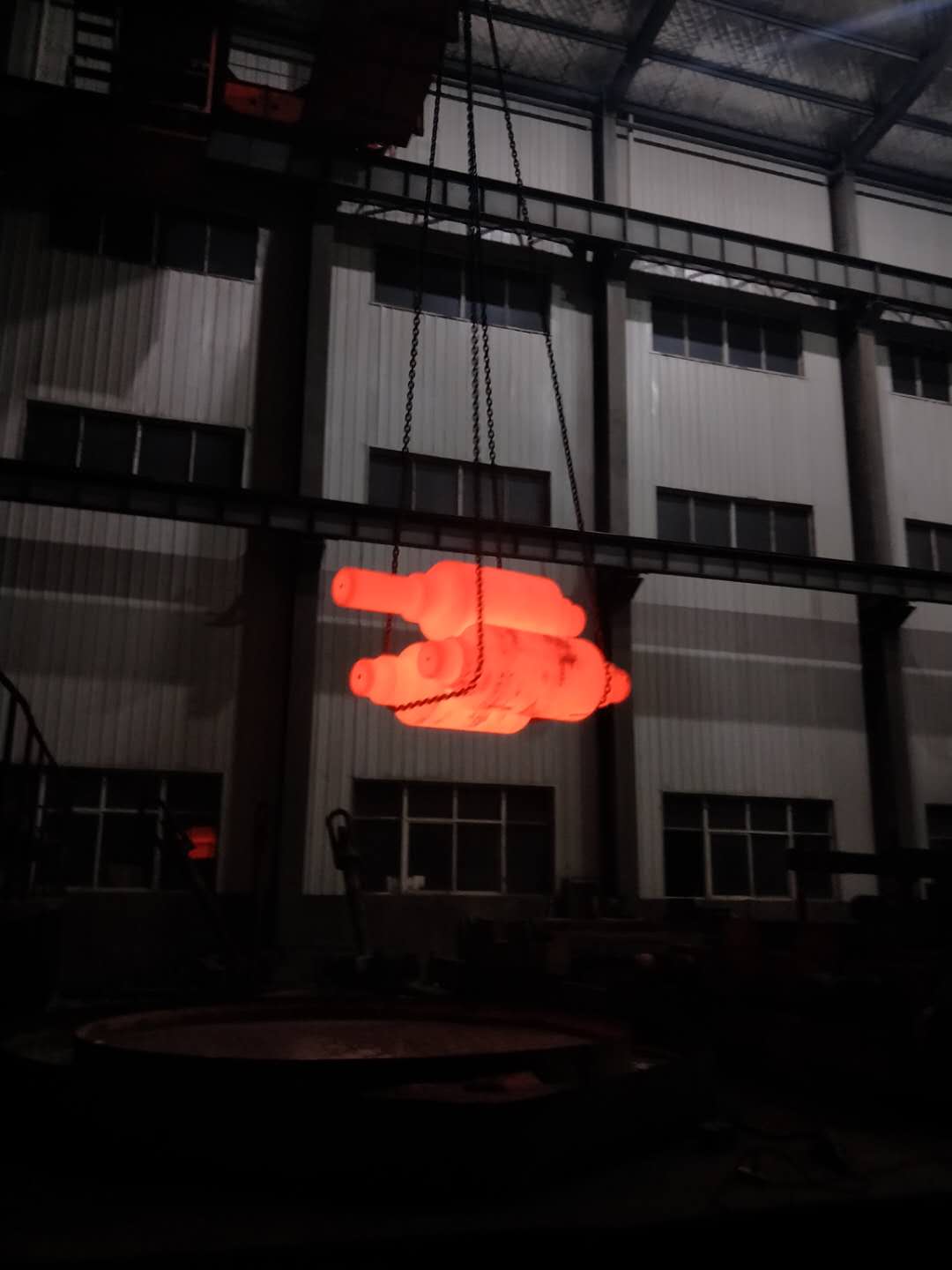
Quenching and tempering treatment
Quenching and tempering treatment refers to a dual heat treatment method of quenching and high-temperature tempering, which aims to ensure that the workpiece has good comprehensive mechanical properties. High temperature tempering refers to tempering between 500-650 ℃. Most quenched and tempered ...Read more -
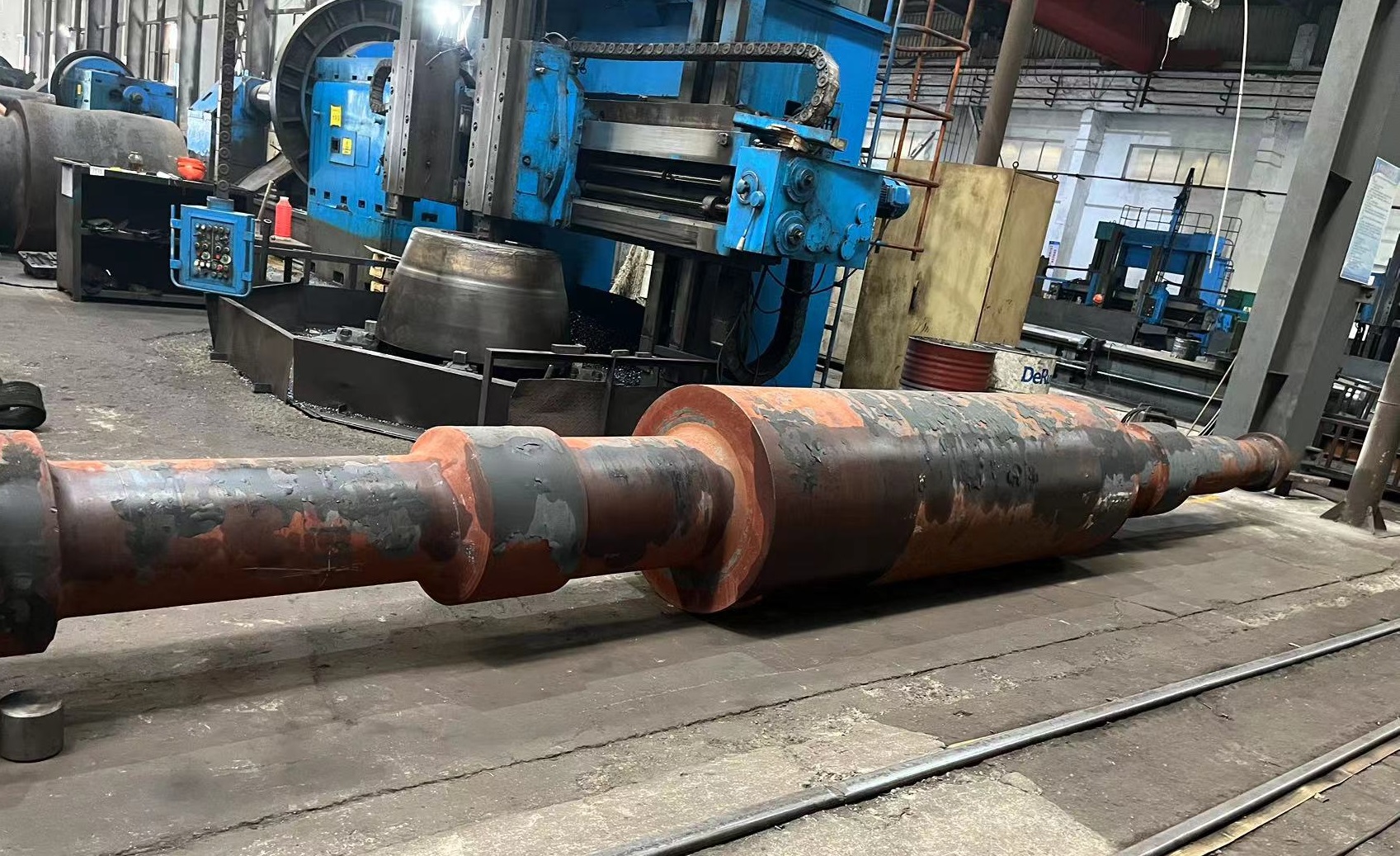
Shaft Forgings for Hydraulic Turbines and Hydraulic Generators
1 Smelting 1.1 Alkaline electric furnace smelting should be used for forging steel. 2 Forging 2.1 Sufficient cutting allowance should be present at the upper and lower ends of the steel ingot to ensure that the forged piece is free from shrinkage cavities and severe segregation. 2.2 The forging...Read more -
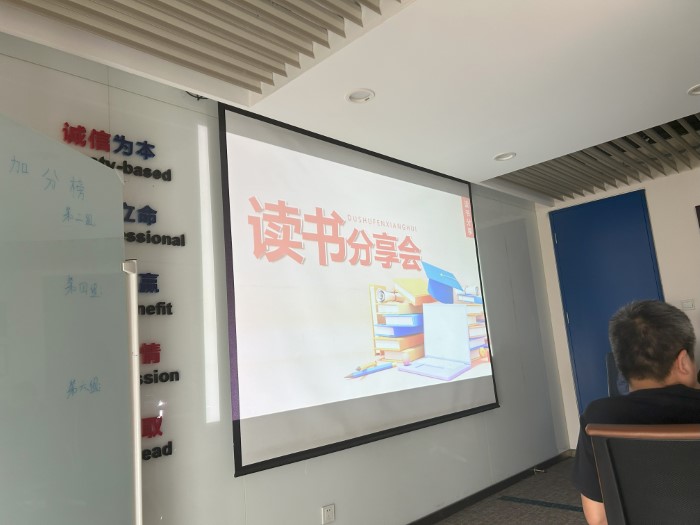
The book club of< Only One Thing in Life>
On October 25th, the October Book Club event took place in the company’s conference room as scheduled. The theme of this book club was “There is Only One Thing in Life,” and the company’s leadership, business, procurement, inspection, and other teams all attended the even...Read more -

Open forging parts
The basic processes of free forging include upsetting, elongation, punching, bending, twisting, displacement, cutting, and forging. Free forging elongation Elongation, also known as extension, is a forging process that reduces the cross-sectional area of the billet and increases its length. Elong...Read more -
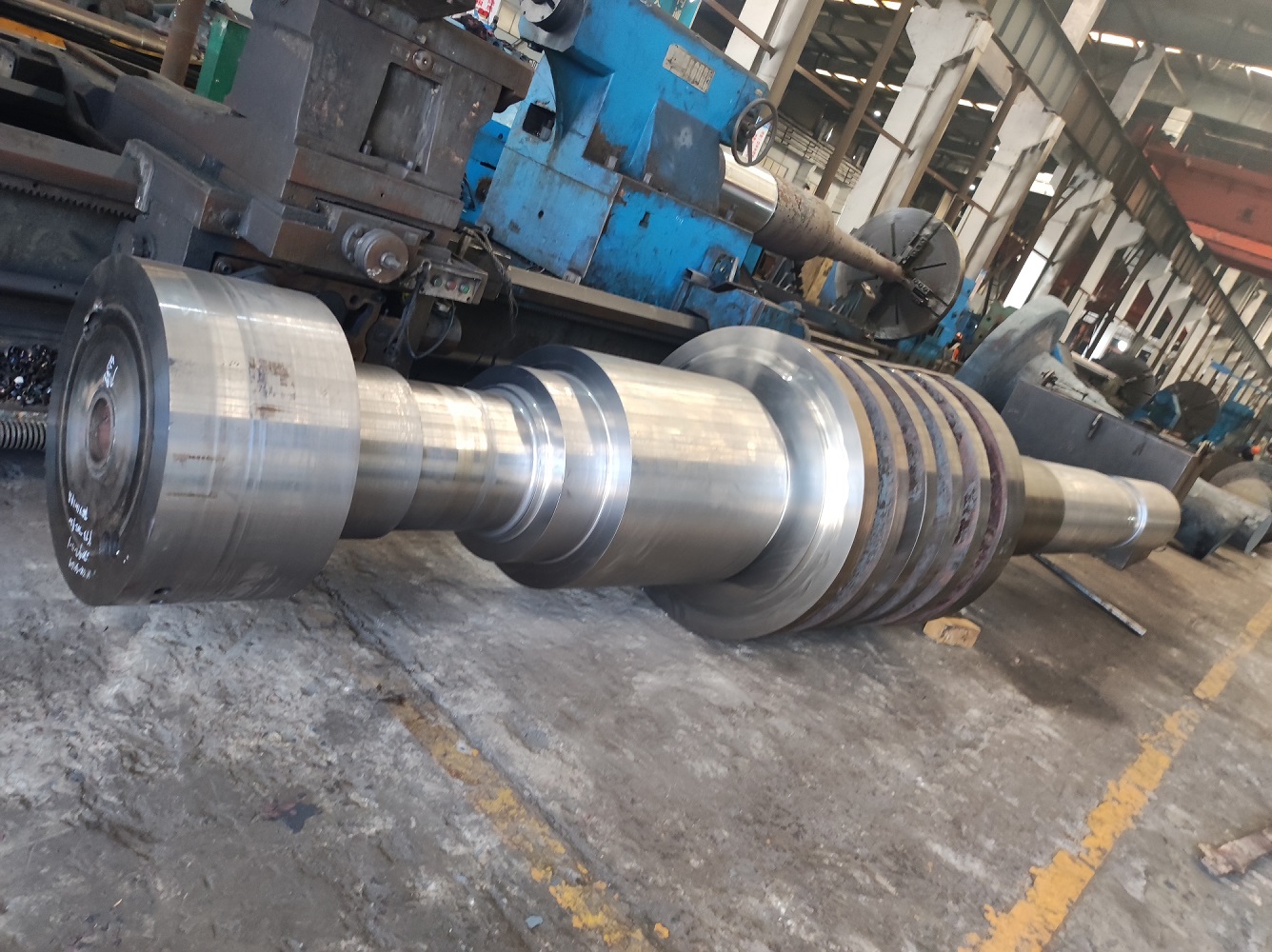
Forging for rotor of industrial steam turbines
1. Smelting 1.1 For the production of forged parts, alkaline electric arc furnace smelting followed by external refining is recommended for steel ingots. Other methods ensuring quality can also be used for smelting. 1.2 Prior to or during the casting of ingots, the steel should unde...Read more -
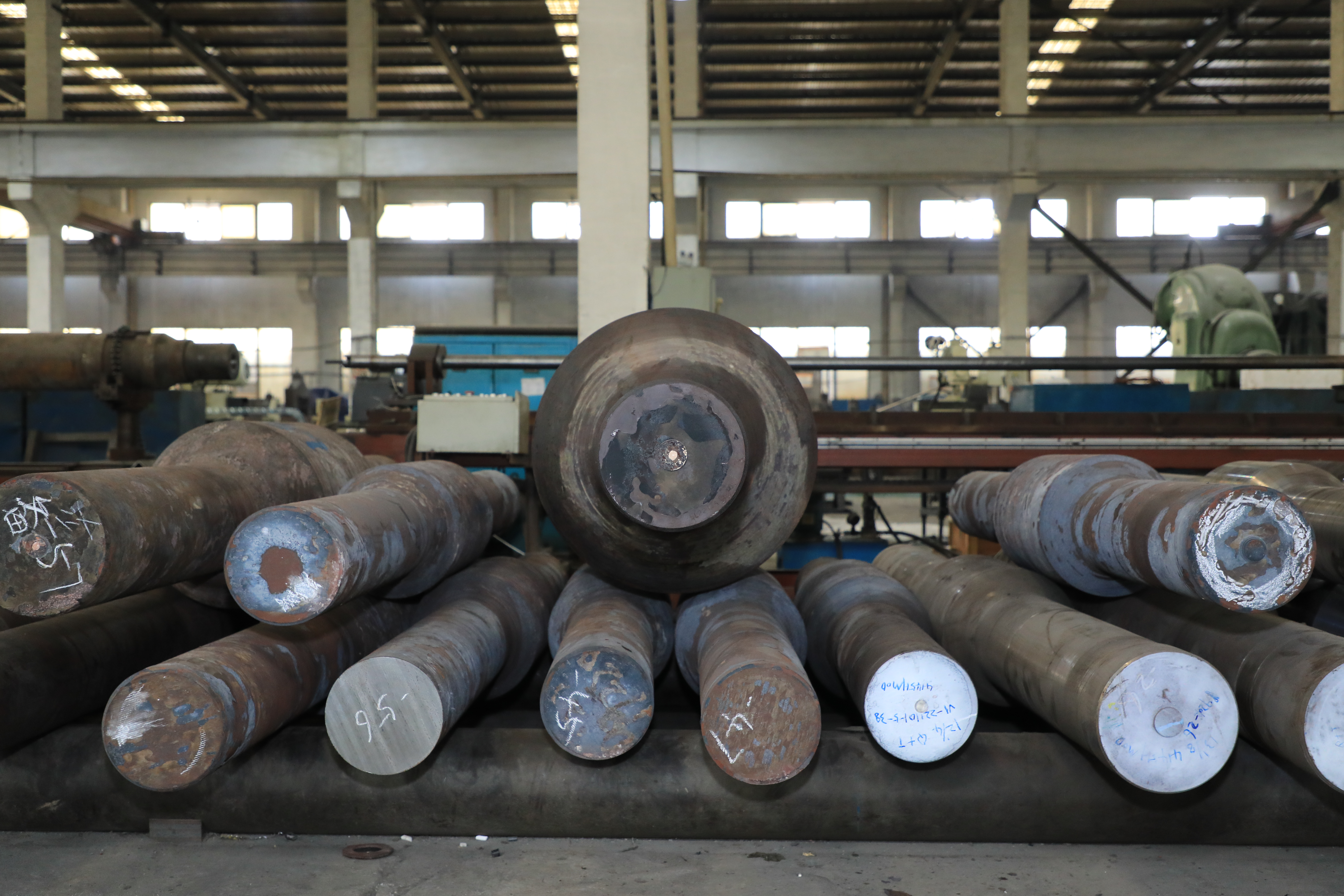
Normalizing of the forging part
Normalizing is a heat treatment that improves the toughness of steel. After heating the steel components to a temperature of 30-50 ℃ above the Ac3 temperature, hold them for a period of time and air cool them out of the furnace. The main characteristic is that the cooling rate is faster than anne...Read more -
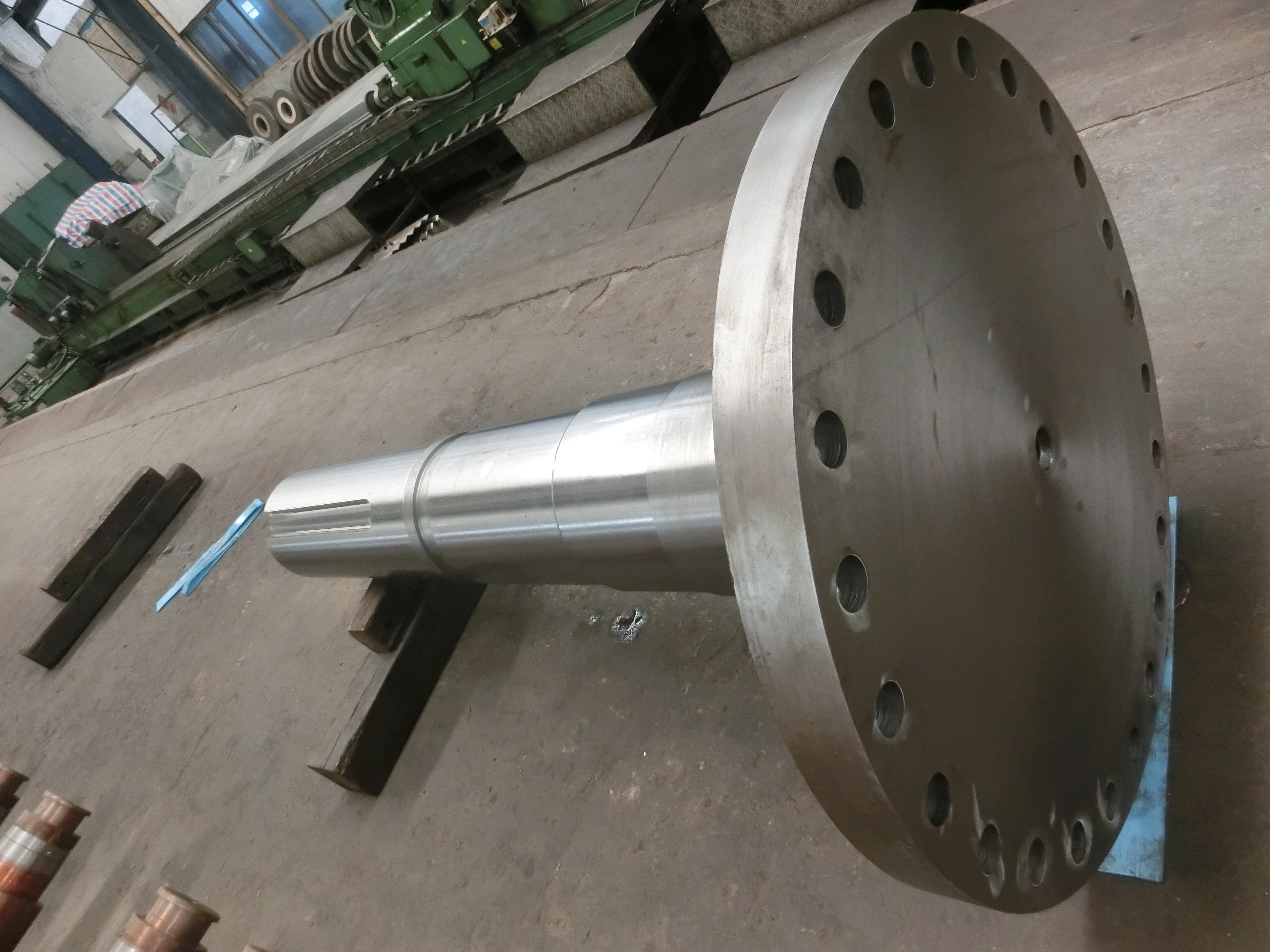
Some Technical Spec For forged tower flanges of wind turbine
General Requirements Flange manufacturing companies must possess the technical capabilities, production capacity, and inspection and testing capabilities required for the products, along with at least two years of experience in the forging industry. Manufacturing Equipment Flange manufactu...Read more -
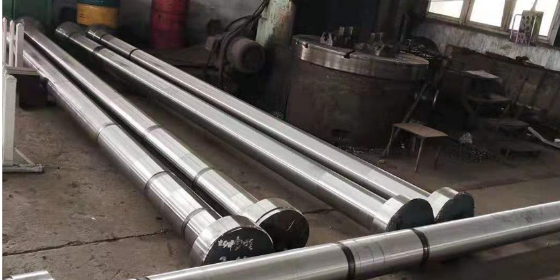
Temper brittleness during forging and processing of forgings
Due to the presence of temper brittleness during forging and processing of forgings, the available tempering temperatures are limited. To prevent brittleness from increasing during tempering, it is necessary to avoid these two temperature ranges, which makes it difficult to adjust mechanical prop...Read more




